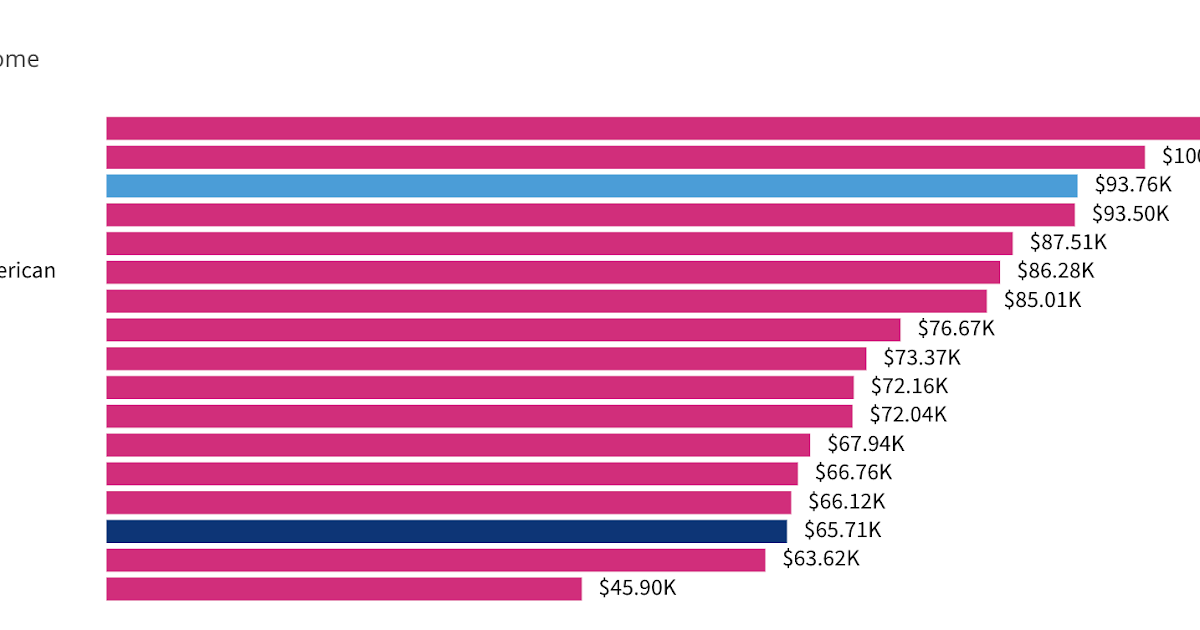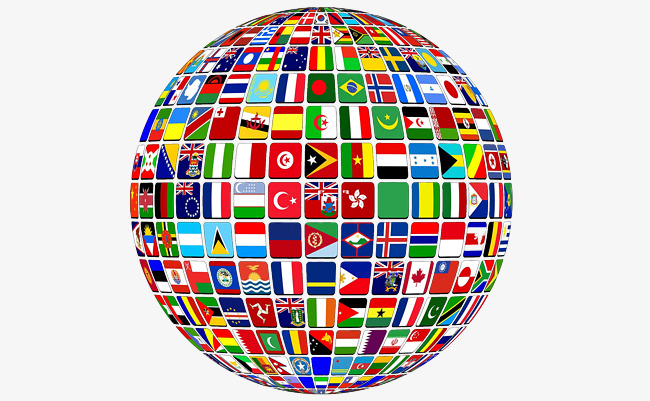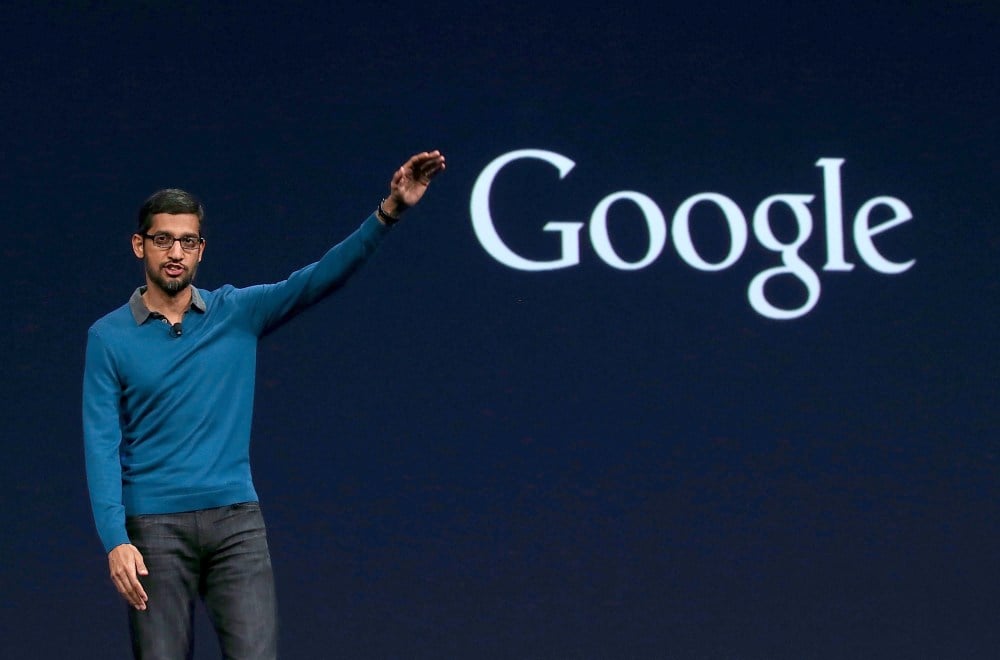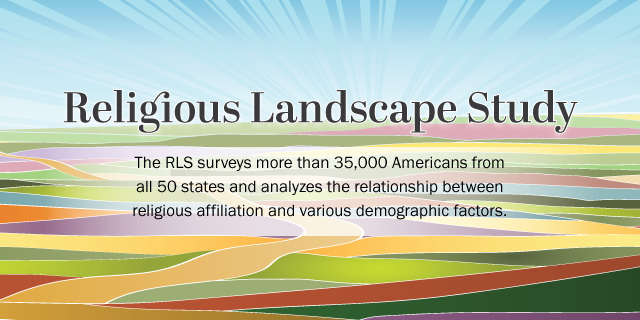
Top One Percent: Are Hindus the New Jews in America?
Hindu Americans have surpassed Jewish Americans in education and rival them in household incomes. How did immigrants from India, one of the ...
Hindu Americans have surpassed Jewish Americans in education and rival them in household incomes. How did immigrants from India, one of the world's poorest countries, join the ranks of the richest people in the United States? How did such a small minority of just 1% become so disproportionately represented in the highest income occupations ranging from top corporate executives and technology entrepreneurs to doctors, lawyers and investment bankers? Indian-American Professor Devesh Kapur, co-author of The Other One Percent: Indians in America, explains it in terms of educational achievement. He says that an Indian-American is at least 9 times more educated than an individual in India. He attributes it to what he calls a process of "triple selection".
Hindu American Household Income:
A 2016 Pew study reported that more than a third of Hindus (36%) and four-in-ten Jews (44%) live in households with incomes of at least $100,000. More recently, the US Census data shows that the median household income of Indian-Americans, vast majority of whom are Hindus, has reached $127,000, the highest among all ethnic groups in America.
Median income of Pakistani-American households is $87.51K, below $97.3K for Asian-Americans but significantly higher than $65.71K for overall population. Median income for Indian-American households $126.7K, the highest in the nation.
Hindu Americans Education:
Indian-Americans, vast majority of whom are Hindu, have the highest educational achievement among the religions in America. More than three-quarters (76%) of them have at least a bachelors's degree.
By comparison, sixty percent of Pakistani-Americans have at least a bachelor's degree, the second highest percentage among. The average for Asian-Americans with at least a bachelor's degree is 56%.
American Hindus are the most highly educated with 96% of them having college degrees, according to Pew Research. 75% of Jews and 54% of American Muslims have college degrees versus the US national average of 39% for all Americans. American Christians trail all other groups with just 36% of them having college degrees. 96% of Hindus and 80% of Muslims in the U.S. are either immigrants or the children of immigrants.
Jews are the second-best educated in America with 59% of them having college degrees. Then come Buddhists (47%), Muslims (39%) and Christians (25%).
Triple Selection:
Devesh Kapur, a professor of political science at the University of Pennsylvania and co-author of The Other One Percent: Indians in America (Oxford University Press, 2017), explains the phenomenon of high-achieving Indian-Americans as follows: “What we learned in researching this book is that Indians in America did not resemble any other population anywhere; not the Indian population in India, nor the native population in the United States, nor any other immigrant group from any other nation.”
Devesh talks about what he calls “a triple selection” process that gave Indian-Americans a boost over typically poor and uneducated immigrants who come to the United States from other countries. The first two selections took place in India. As explained in the book: “The social system created a small pool of persons to receive higher education, who were urban, educated, and from high/dominant castes.” India’s examination system then selected individuals for specialized training in technical fields that also happened to be in demand in the United States. Kapur estimated that the India-American population is nine times more educated than individuals in the home country.
Summary:
Hindu Americans rival Jewish Americans in educational achievement and household incomes. Hindus in America have joined the ranks of the richest people in the United States. They account for just 1% of the US population but they are disproportionately represented in the highest income occupations ranging from top corporate executives and technology entrepreneurs to doctors, lawyers and investment bankers. Indian-American Professor Devesh Kapur, co-author of The Other One Percent: Indians in America, explains it in terms of their educational achievement. He says that an Indian-American is at least 9 times more educated than an individual in India. He attributes it to what he calls a process of "triple selection".
Related Links:
Haq's Musings
South Asia Investor Review
Hindus and Muslim Well-educated in America But Least Educated Worldwide
What's Driving Islamophobia in America?
Pakistani-Americans Largest Foreign-Born Muslim Group in Silicon Valley
The Trump Phenomenon
Islamophobia in America
Silicon Valley Pakistani-Americans
Pakistani-American Leads Silicon Valley's Top Incubator
Silicon Valley Pakistanis Enabling 2nd Machine Revolution
Karachi-born Triple Oscar Winning Graphics Artist
Pakistani-American Ashar Aziz's Fire-eye Goes Public
Two Pakistani-American Silicon Valley Techs Among Top 5 VC Deals
Pakistani-American's Game-Changing Vision
Minorities Are Majority in Silicon Valley
Riaz Haq's Youtube Channel
PakAlumni: Pakistani Social Network

Top One Percent: Are Hindus the New Jews in America?
Hindu Americans have surpassed Jewish Americans in education and rival them in household incomes. How did immigrants from India, one of the ...











